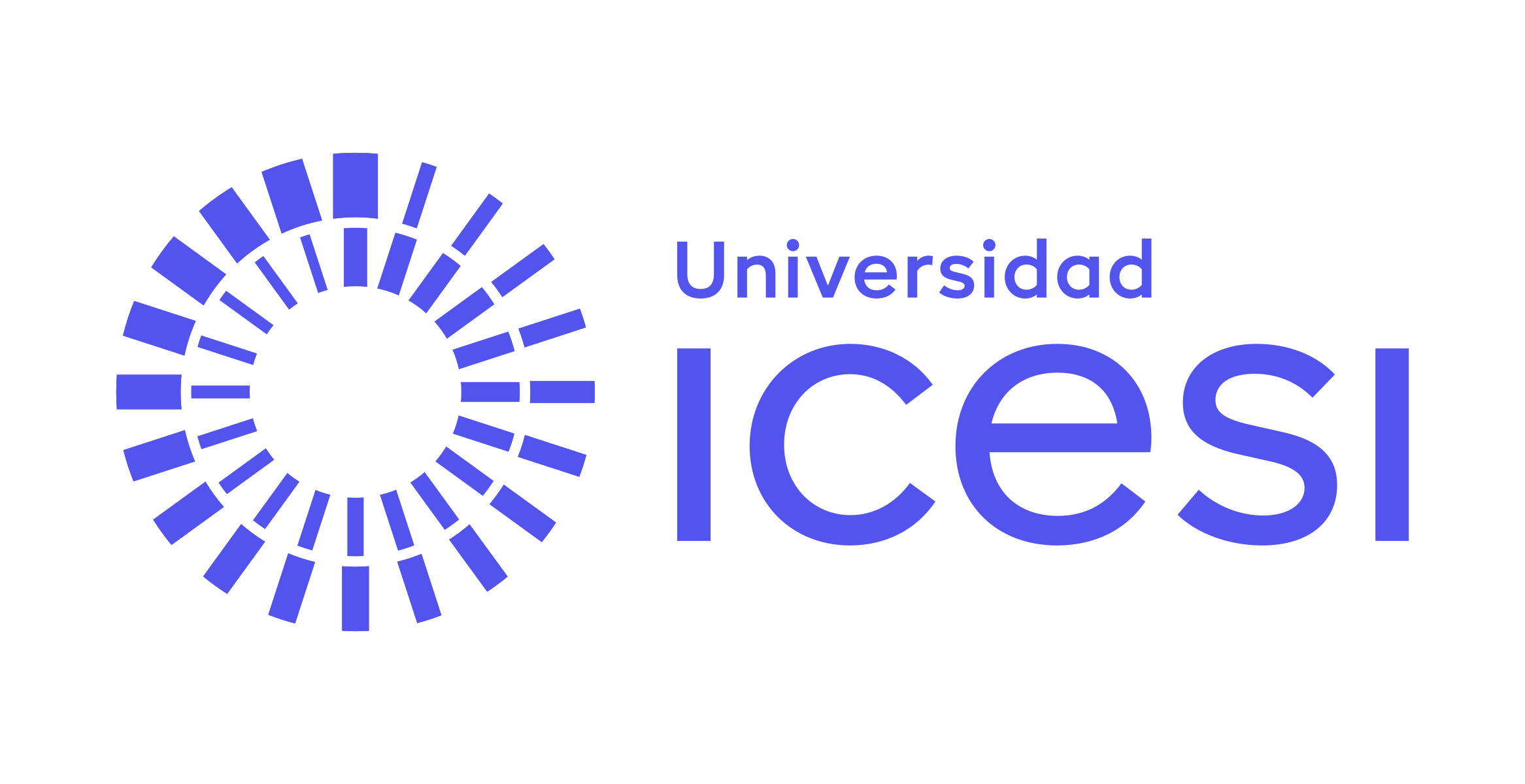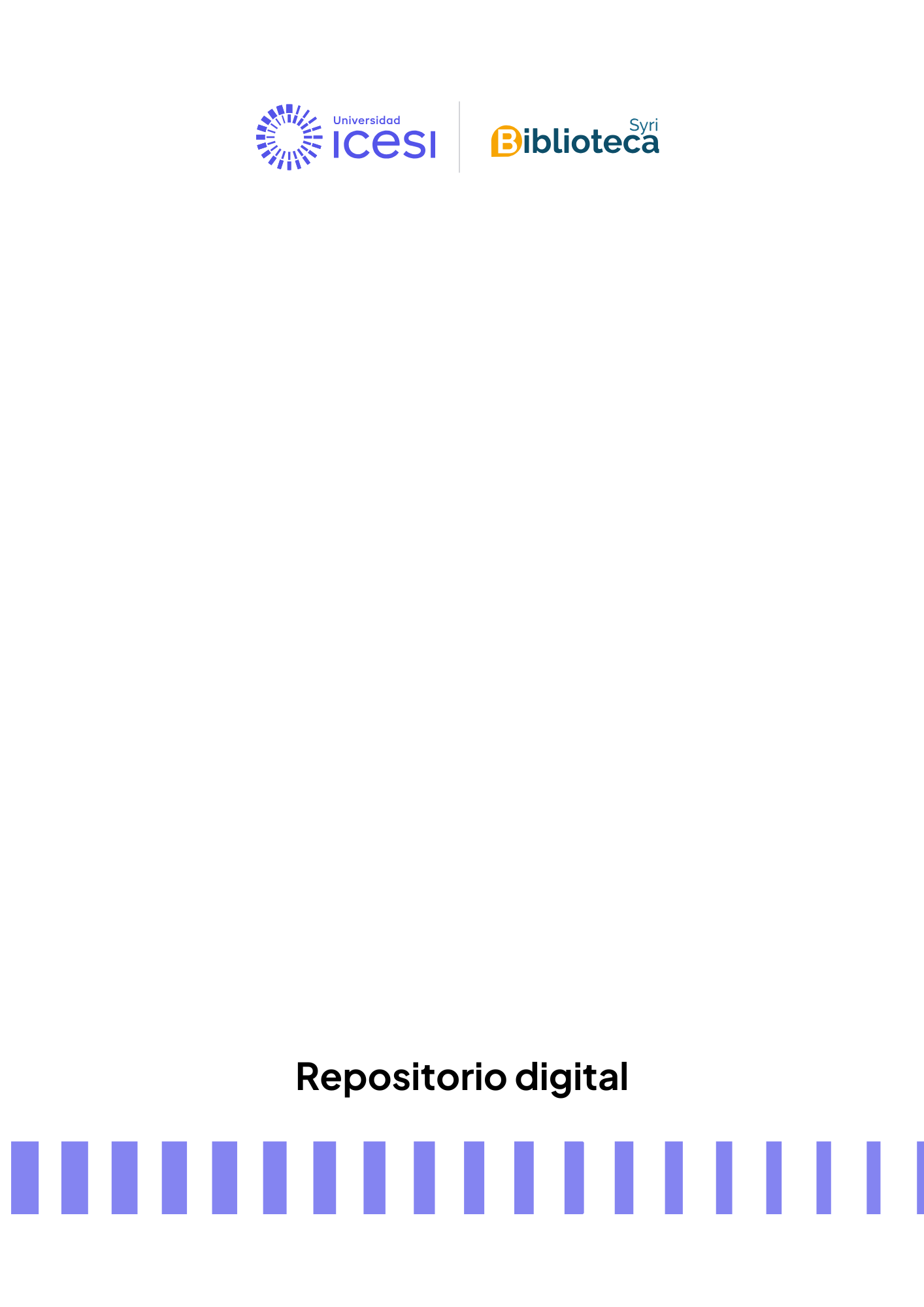Sistemas y Telemática Vol.16 No. 46
URI permanente para esta colecciónhttp://hdl.handle.net/10906/84470
Examinar
Envíos recientes
Ítem LIES: Learning Immersive Experiences Significative(Universidad Icesi, 2018-07-01) Madriñán Rodríguez, PatriciaVirtual education is progressively replacing the classrooms, then having a face-to-face class is becoming a luxury. This paper proposes a way to take advantage of this opportunity for direct human exchange with technological support, but focusing the pedagogical activity on a living experience where the apprentice is the protagonist. Although pedagogical mediation requires a lot of preparatory work, has advantages: make simple its implementation and facilitate its replica by almost any individual who had received enough training. High-level educational experiences in many sce - narios are enabled, joining the virtues of both: tangible and intangible worlds. A particular case, where a methodological structure based on the breathing –with its expansions and its contractions– as pedagogical process is proposed, and its educational components are explained.Ítem Machine learning algorithms for inter-cell interference coordination(Universidad Icesi, 2018-07-01) Trejo Narváez, Omar AlbeiroThe current LTE and LTE-A deployments require larger efforts to achieve the radio resource manage - ment. This, due to the increase of users and the constantly growing demand of services. For this reason, the automatic op - timization is a key point to avoid issues such as the inter-cell interference. This paper presents several proposals of machi - ne-learning algorithms focused on this automatic optimization problem. The research works seek that the cellular systems achieve their self-optimization, a key concept within the self-organized networks, where the main objective is to achieve that the networks to be capable to automatically respond to the particular needs in the dynamic network traffic scenarios.Ítem Handover Algorithms in LTE Networks for Massive Means of Transport(Universidad Icesi, 2018-07-01) Hernández Bonilla, Claudia MilenaHandover in LTE occurs when a device moves from the cell coverage serving it towards another; a pro - cess where the user established session must not be interrupted due to this cell change. Handovers in LTE are classified as hard ones, since the link with the serving cell is interrupted before establishing the new link with the target cell. This entails a larger failure risk and, consequently, a potential deterioration in the quality of service. This article presents a review of the handover algorithms in LTE, focusing on the ones oriented to massive means of transport. We show how the new algorithms offer a larger success in handovers, increasing the networkdata rate. This indicates that factors such as speed, position, and direction should be included in the algorithms to improve the handover in means of transport. We also present the algorithms focused on mobile relays such as an important study field for future research works.Ítem Guidance scheme for paths without temporary restrictions using the Krick Felix model boat under the influence of sea currents(Universidad Icesi, 2018-07-01) Miranda Jiménez, LeidysThe autonomous surface vehicles are composed of a guidance, navigation, and control systems where the first one plays an important role in missions without human intervention. This article presents the design of a guidance system made of an I-LOS controller, where its purpose is to achieve the convergence and the precise following of straight paths, regardless of the sea currents presence. The controller gains adjustment is performed according to the vehicle fea - tures and the geometry of the path to follow. The proposed guidance algorithm is assessed through simulation, obtaining favorable results.Ítem Effects of blind channel equalization using the regressive accelerator algorithm version ɣ(Universidad Icesi, 2018-07-01) Jojoa Gómez, Pablo EmilioWe present a blind channel equalization scheme, applied to γ version regressive acceleration algorithm, which uses self-taught equalization techniques to study the characteristics of both, the second and the higher order moments for the transmitted signal, used to calculate the signal of error and thus, to make an optimal estimation of the transmitted symbols. This way, simulations of the obtained results are done in comparison with the algorithms based on the stochastic gradient and with the Bussgang algorithms. The results of that simulations show how, using the regressive acceleration algorithm version γ, a better detection of transmitted bits and higher convergence speeds are obtained, with a minimum mean square error.

